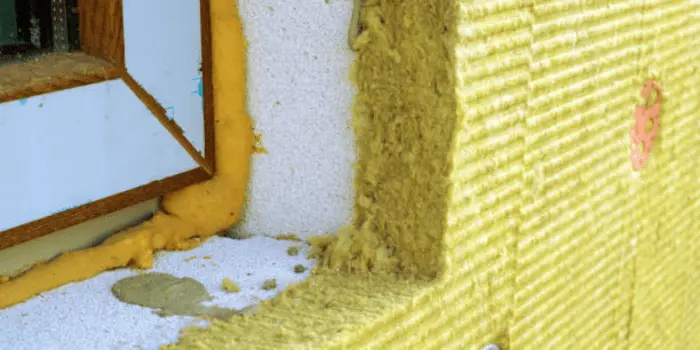Introduction:
Soundproofing is the process of reducing or eliminating the transmission of sound from one area to another. It involves the use of various materials and techniques to create a barrier that prevents sound waves from passing through. Soundproofing doors and windows is particularly important because these are common areas where sound can easily enter or escape a room.
When it comes to creating a peaceful and quiet environment, soundproofing doors and windows can make a significant difference. Whether you live in a noisy neighborhood, work in a bustling office, or simply want to enjoy some peace and quiet in your own home, soundproofing can help create a more serene and comfortable space.
Soundproofing Doors and Windows: Key Takeaways:
- Soundproofing doors and windows can significantly reduce noise pollution in your home or office.
- Understanding the importance of soundproofing can help you choose the right materials and methods for your needs.
- Common sources of noise pollution include traffic, neighbors, and appliances.
- Types of soundproofing materials include acoustic foam, mass loaded vinyl, and soundproof curtains.
- To soundproof doors, you can use weatherstripping, door sweeps, and acoustic door seals. To soundproof windows, you can use window inserts, acoustic curtains, and weatherstripping.
Understanding the Importance of Soundproofing:
Noise pollution has become a growing concern in today’s society, with detrimental effects on our health and well-being. Exposure to excessive noise can lead to stress, sleep disturbances, hearing loss, and even cardiovascular problems. By soundproofing doors and windows, we can significantly reduce the amount of noise that enters our living or working spaces, thereby improving our overall quality of life.
In addition to the health benefits, soundproofing also offers several other advantages. It enhances privacy by preventing conversations or other sounds from being overheard. It improves concentration and productivity by minimizing distractions from external noise sources. It also allows for better control of sound within a space, making it ideal for recording studios or home theaters.
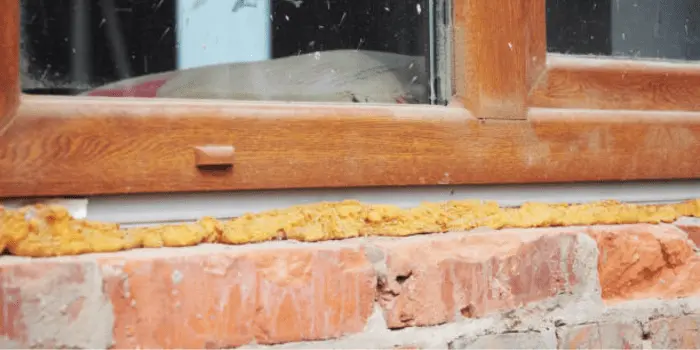
Common Sources of Noise Pollution:
Before delving into the specifics of soundproofing doors and windows, it is important to understand the common sources of noise pollution that we encounter in our daily lives. These include traffic noise, construction noise, neighborhood noise, and industrial noise.
Traffic noise is one of the most prevalent sources of noise pollution, especially for those living near busy roads or highways. The constant rumble of cars, trucks, and motorcycles can be highly disruptive and can penetrate through doors and windows if not properly soundproofed.
Construction noise is another common source of noise pollution, particularly in urban areas where buildings are constantly being erected or renovated. The sound of heavy machinery, drilling, and hammering can be extremely loud and intrusive, making it difficult to concentrate or relax.
Neighborhood noise, such as barking dogs, loud music, or noisy neighbors, can also be a significant source of annoyance and disturbance. These sounds can easily travel through doors and windows, disrupting our peace and quiet.
Industrial noise from factories or manufacturing plants can be particularly problematic for those living or working in close proximity. The loud machinery and equipment used in these settings can generate high levels of noise that can seep through doors and windows if not properly soundproofed.

Types of Soundproofing Materials:
| Fiberglass Insulation | Soft, fluffy material made from glass fibers | 0.9 | Low |
| Acoustic Foam Panels | Lightweight foam panels with pyramid or wedge shapes | 0.7-0.9 | Medium |
| Mass Loaded Vinyl | Flexible vinyl sheet with added mass for soundproofing | 0.2-0.4 | High |
| Green Glue | Viscous damping compound applied between layers of drywall or plywood | N/A | Medium |
| Cork | Natural material with good sound absorption properties | 0.4-0.6 | High |
There are several types of soundproofing materials available on the market that can effectively reduce the transmission of sound through doors and windows. These include acoustic foam, mass loaded vinyl, soundproof curtains, and weatherstripping.
Acoustic foam is a popular choice for soundproofing as it absorbs sound waves and reduces their reflection. It is commonly used in recording studios, home theaters, and other spaces where sound quality is important. Acoustic foam panels can be easily installed on doors and windows to minimize the amount of sound that enters or escapes a room.
Mass loaded vinyl is another effective soundproofing material that is often used to reduce noise transmission through doors and windows. It is a dense and flexible material that can be applied directly to surfaces or sandwiched between layers of drywall. Mass loaded vinyl helps to block sound waves from passing through, making it an excellent choice for soundproofing doors and windows.
Soundproof curtains are a more affordable and versatile option for soundproofing doors and windows. These curtains are made with multiple layers of dense fabric that help to absorb and block sound waves. They can be easily hung over doors and windows, providing an effective barrier against noise.
Weatherstripping is a simple yet effective method of soundproofing doors and windows. It involves sealing any gaps or cracks around the edges of doors and windows to prevent sound from leaking in or out. Weatherstripping materials, such as adhesive foam tape or rubber gaskets, can be easily applied to create a tight seal and reduce noise transmission.
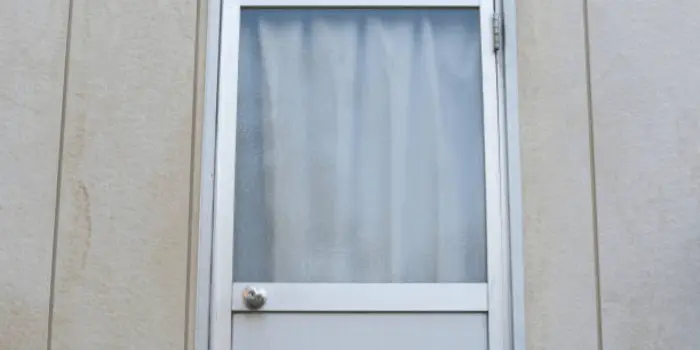
How to Soundproof Doors: Step-by-Step Guide:
Soundproofing doors is an important step in creating a quieter and more peaceful environment. Here is a step-by-step guide on how to soundproof doors effectively:
1. Identify gaps and cracks: Inspect the door for any gaps or cracks that may allow sound to pass through. Pay close attention to the areas around the edges of the door, as these are common areas where sound can leak in or out.
2. Install weatherstripping: Apply weatherstripping materials, such as adhesive foam tape or rubber gaskets, to seal any gaps or cracks around the edges of the door. Make sure to measure and cut the weatherstripping to fit the dimensions of the door accurately.
3. Install door sweeps: Attach door sweeps to the bottom of the door to create a tight seal against the floor. Door sweeps are typically made of rubber or brush-like materials that help to block sound waves from passing through.
4. Install soundproof curtains: Hang soundproof curtains over the door to further reduce noise transmission. These curtains are made with dense fabric layers that absorb and block sound waves effectively.
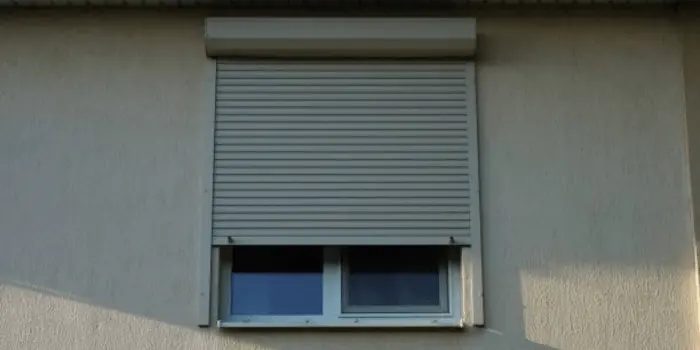
How to Soundproof Windows: Step-by-Step Guide:
Soundproofing windows is another crucial step in creating a quieter and more peaceful space. Here is a step-by-step guide on how to soundproof windows effectively:
1. Identify gaps and cracks: Inspect the window for any gaps or cracks that may allow sound to pass through. Check the areas around the window frame, as well as any movable parts, such as sashes or casements.
2. Install weatherstripping: Apply weatherstripping materials, such as adhesive foam tape or rubber gaskets, to seal any gaps or cracks around the window frame. Make sure to measure and cut the weatherstripping to fit the dimensions of the window accurately.
3. Install soundproof curtains: Hang soundproof curtains over the window to further reduce noise transmission. These curtains are made with dense fabric layers that absorb and block sound waves effectively.
4. Install double-pane windows: If you have the budget and are looking for a more permanent solution, consider installing double-pane windows. These windows consist of two layers of glass with a layer of air or gas in between, providing excellent sound insulation.
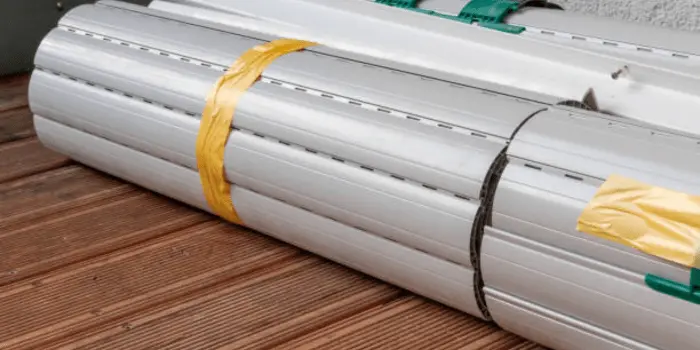
DIY Soundproofing Solutions:
If you’re on a tight budget or prefer a more hands-on approach, there are several DIY soundproofing solutions that you can try using household items or by building your own soundproof panels.
One simple DIY solution is to use heavy blankets or comforters to cover doors and windows. These dense fabrics can help absorb and block sound waves effectively. You can hang them over doors or attach them to windows using hooks or clips.
Another DIY option is to build your own soundproof panels using materials such as plywood, mass loaded vinyl, and acoustic foam. These panels can be customized to fit the dimensions of your doors or windows and can be easily installed using screws or adhesive.
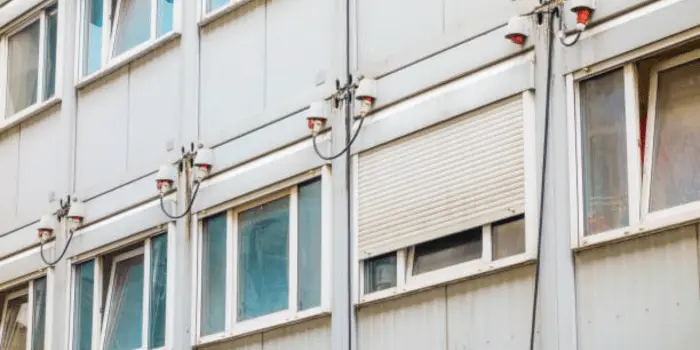
Professional Soundproofing Services:
While DIY solutions can be effective, they may not always provide the same level of soundproofing as professional services. Hiring a professional soundproofing company can ensure that your doors and windows are properly sealed and insulated, providing maximum noise reduction.
Professional soundproofing services often involve a thorough assessment of your space to identify areas of concern and recommend the most suitable soundproofing solutions. They have access to high-quality materials and equipment that may not be readily available to the average homeowner or business owner.
In addition to the expertise and resources, professional soundproofing services offer several other benefits. They can save you time and effort by handling all aspects of the soundproofing process, from installation to cleanup. They can also provide warranties or guarantees on their work, giving you peace of mind knowing that your investment is protected.
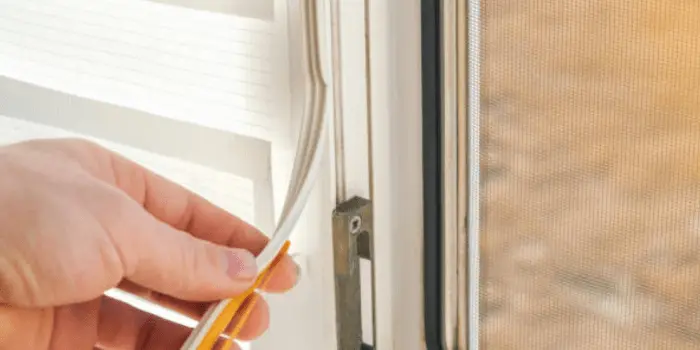
Soundproofing for Different Environments:
The need for soundproofing can vary depending on the environment in which it is applied. Here are some considerations for soundproofing in different settings:
– Home soundproofing: Soundproofing your home can help create a peaceful and quiet living environment. It is particularly important for bedrooms, nurseries, home offices, and entertainment areas where noise reduction is crucial.
– Office soundproofing: In a busy office environment, soundproofing can help minimize distractions and improve productivity. It is especially important for conference rooms, private offices, and open-plan workspaces where privacy and concentration are essential.
– Recording studio soundproofing: Soundproofing is critical in recording studios to ensure optimal sound quality and prevent external noise from interfering with recordings. It involves creating a completely isolated space with minimal sound leakage.
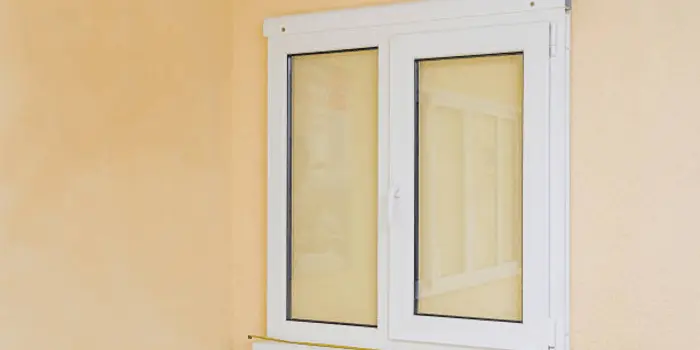
Benefits of Soundproofing Your Home or Office:
Soundproofing doors and windows can offer numerous benefits that go beyond just reducing noise. Here are some of the key advantages:
– Improved sleep quality: By reducing external noise, soundproofing can create a more peaceful sleeping environment, leading to better sleep quality and overall well-being.
– Increased productivity: Minimizing distractions from external noise sources can help improve focus and concentration, leading to increased productivity in both home and office settings.
– Reduced stress levels: Excessive noise can contribute to stress and anxiety. Soundproofing doors and windows can create a calmer and more relaxing environment, promoting mental and emotional well-being.
– Enhanced privacy: Soundproofing can help maintain privacy by preventing conversations or other sounds from being overheard. This is particularly important in shared living spaces or open-plan offices.
Soundproofing Doors and Windows: Conclusion:
Soundproofing doors and windows is an essential step in creating a peaceful and quiet environment. By understanding the importance of soundproofing, identifying common sources of noise pollution, and utilizing the right materials and techniques, we can effectively reduce noise transmission and enjoy the benefits of a quieter space. Whether you choose to take a DIY approach or hire professional soundproofing services, the key is to take action and soundproof your doors and windows to create a more serene and comfortable living or working environment.
Related articles:
- Easy Solutions for a Quieter Conservatory: Say Goodbye to Rainy Day Blues!
- 11 Soundproofing Tips for Creating a Peaceful Baby Room!
- 10 Ways Of How To Stop Door From Slamming? Follow These Simple Ways!
- 13 Ways to Soundproof Duct or HVAC – Get Rid Off The Noisy Air Ducts Easily!
- 10 Simple Tricks to Prevent Noise Through Walls.
- How to Soundproof a Ceiling – Zero Noise From Upstairs.
